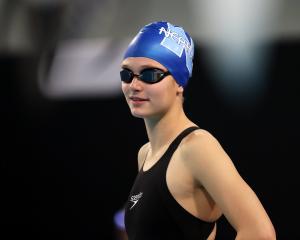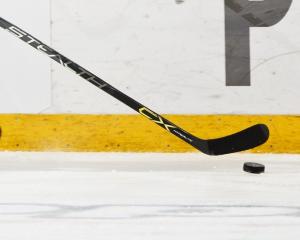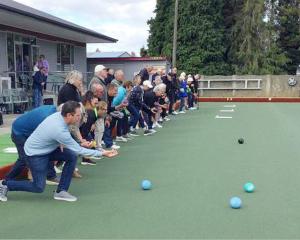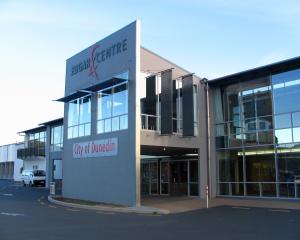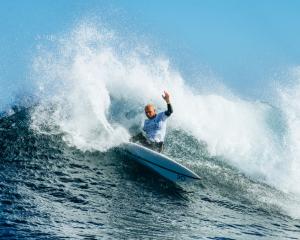Organiser Roy Bailey said 37 men, eight women and three juniors entered the event.
"The rapid proved more than a challenge for some with a higher than normal number of competitors taking swims," he said.
The event was the last of a three-race national series. The first two were held earlier this summer on the Wairoa and Kiatuna Rivers in the North Island.
Jamie Sutton, of Rotorua, won the men's event, ahead of Kenny Mutton, of Rotorua, Greg Allum, of Christchurch, and Owen Glover, of Palmerston North.
Sutton secured his second win of the series and so won the national title.
The women's race was won by Sophie Mulder, of Murchison, ahead of Courtney Kerin (Oamaru), Nini Bondhus (Norway) and Louise Jull (Rotorua).
Jull claimed the national title after winning the first two events.
For the second year, there was a junior division, which was won by Nelson's Tommy McDowell.
He also won the national junior title with three wins from three races. Alexandra teenager Max Rayner was second and Steven Bartlett of Queenstown was third.
Competitors launched from a 4m-high ramp in heats of four.
They raced through the rapid with the top two from each heat progressing to the next round.
"A good start is important to get a clean line around the dominating centre rock at the top of the rapid," Bailey said.
"A bad line here can mean disaster if you end up eddied out against the cliff, as many found out on Saturday. There is still plenty of excitement after that with huge wave trains to negotiate and a couple of large hydraulic holes to avoid."



